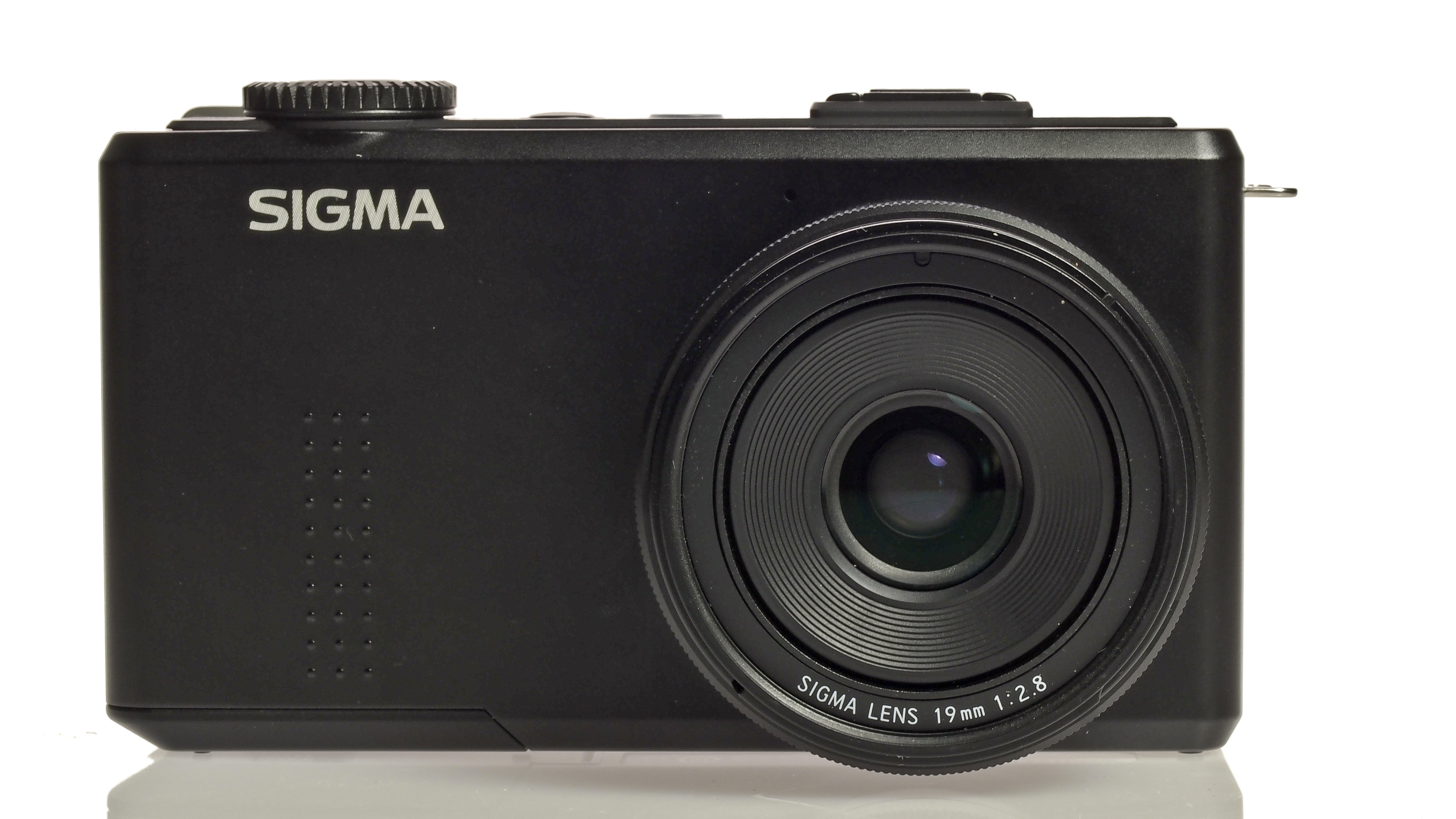Why you can trust TechRadar
Much like the overall design of the camera, the results from the Sigma DP1 Merrill are a mixture of the sublime to the frustrating.
Let's start with the good news, which is that in the right light at ISO 100 and 200, the Sigma can produce amazing quality images. The combination of the Foveon X3 sensor and fixed focal length lens combine to produce sharp, colourful and detailed images.
It's not quantifiable, but the images in these circumstances have an almost three-dimensional quality to them. The colour rendition is also more than a match for even the best digital SLRs on the market.
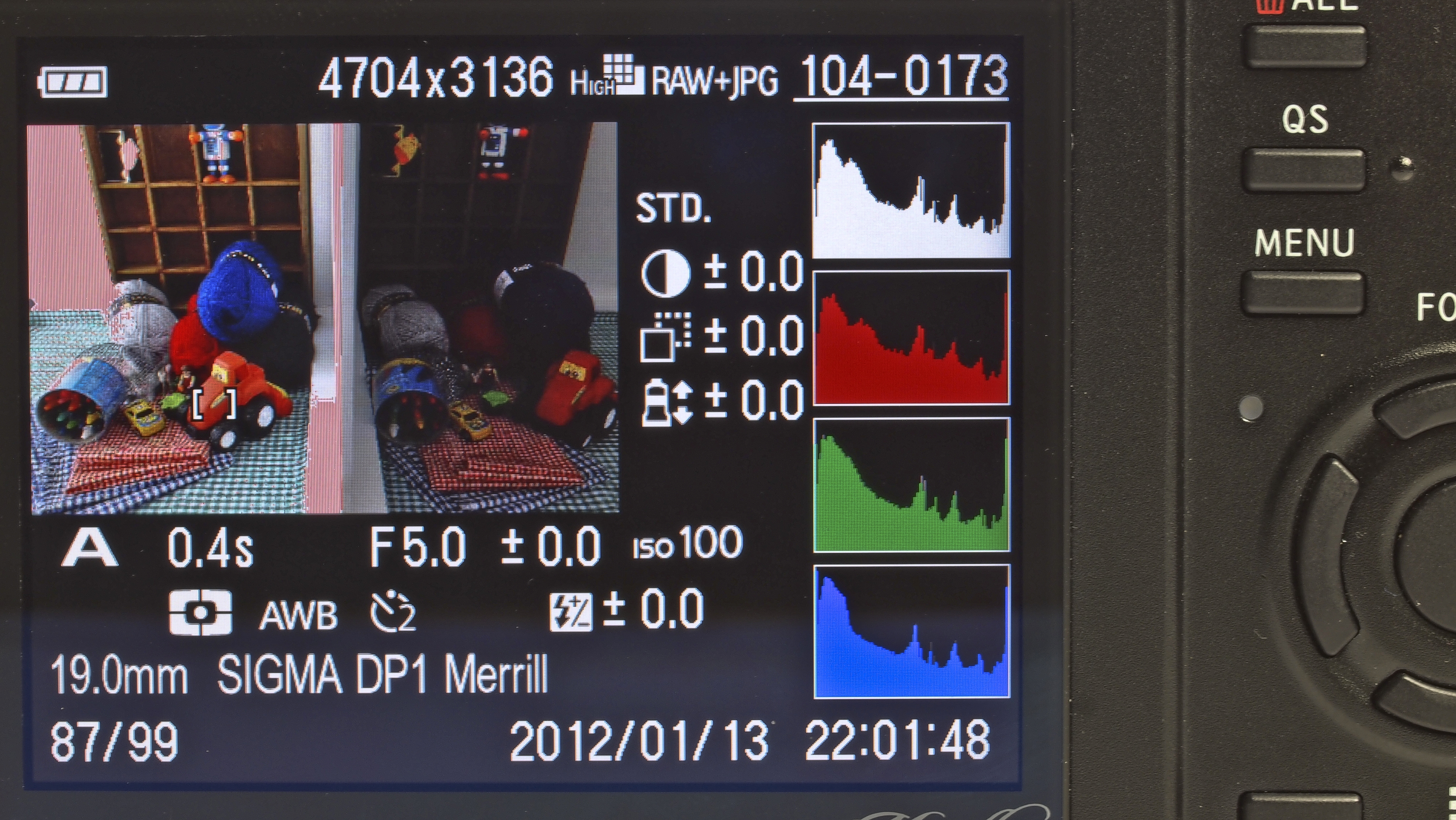
But start shooting outside of the Sigma DP1 Merrill's comfort zone and the results are much less impressive. At ISO 400 the images are still good, but they can't compare with the images from most other cameras at this ISO setting.
Go above ISO 400 and the noise, colour saturation and detail deteriorate very quickly. The results at ISO 1600 and above are very poor, with very low saturation, high levels of noise and quite noticeable colour banding.
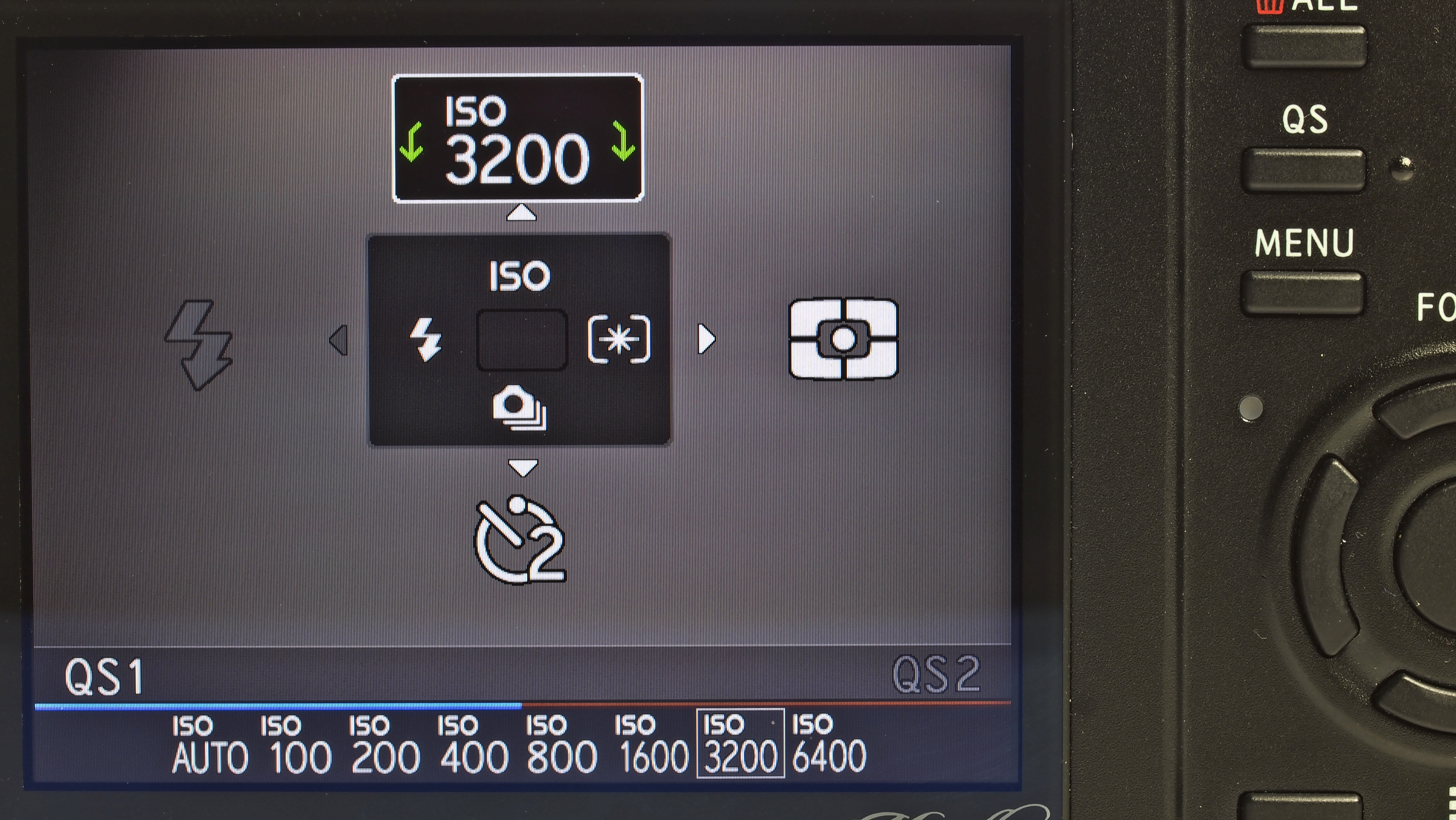
The autofocus is also quick and accurate in most conditions, although it can hunt a little in low light and when faced with low-contrast subjects, while the manual focus is easy to use.
The 19mm lens on the Sigma DP1 Merrill produces impressive results. In the centre of the frame, images are sharp at every aperture.
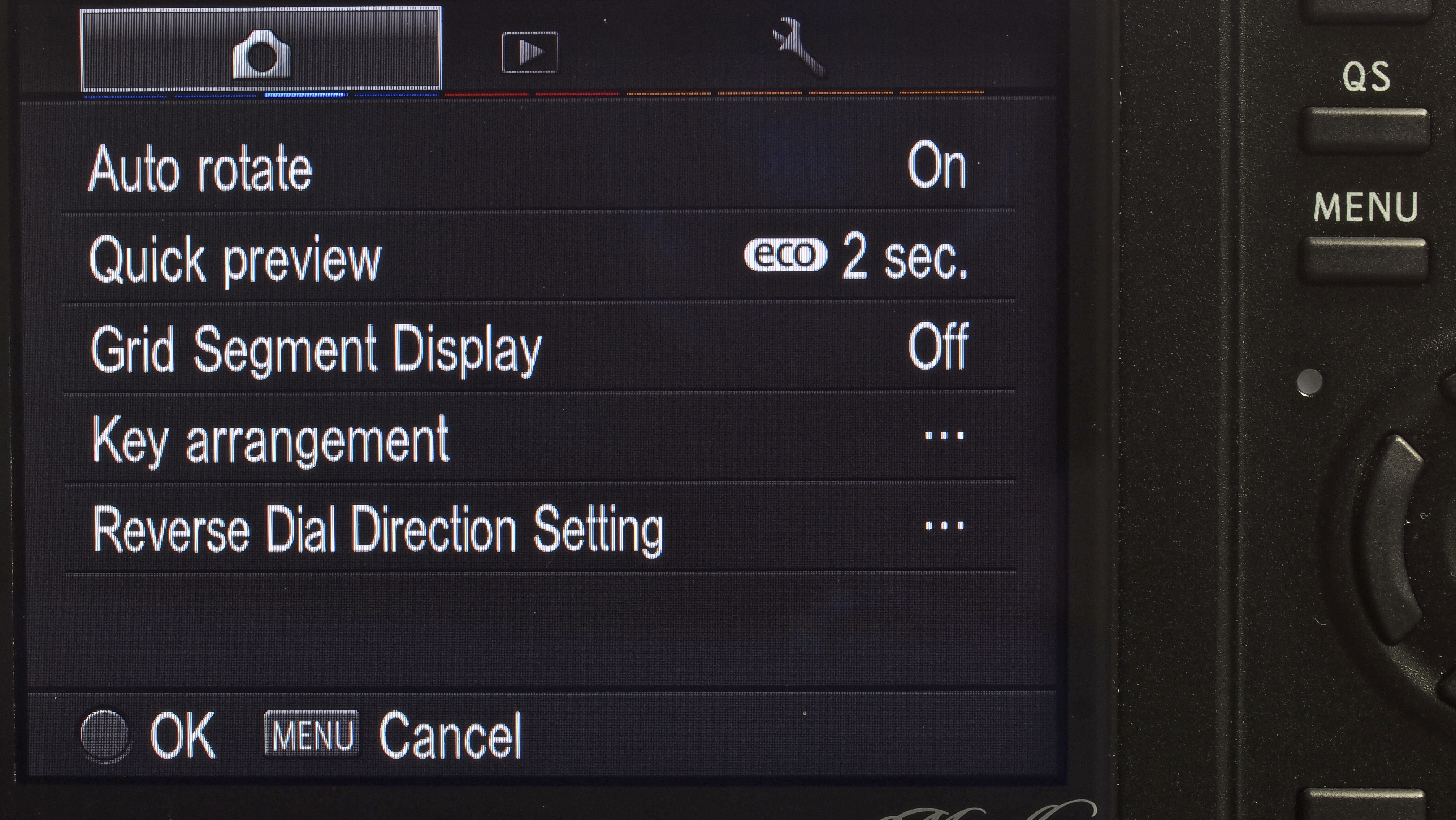
As you'd expect, the edges at f/2.8 aren't quite as sharp as the centre of the frame, but they are still very good. There's also very little distortion, and flare is well controlled.
There is some chromatic aberration visible in raw images processed without the lens corrections applied, although they are virtually eliminated when shooting in JPEG mode or when the corrections are applied to raw conversions.
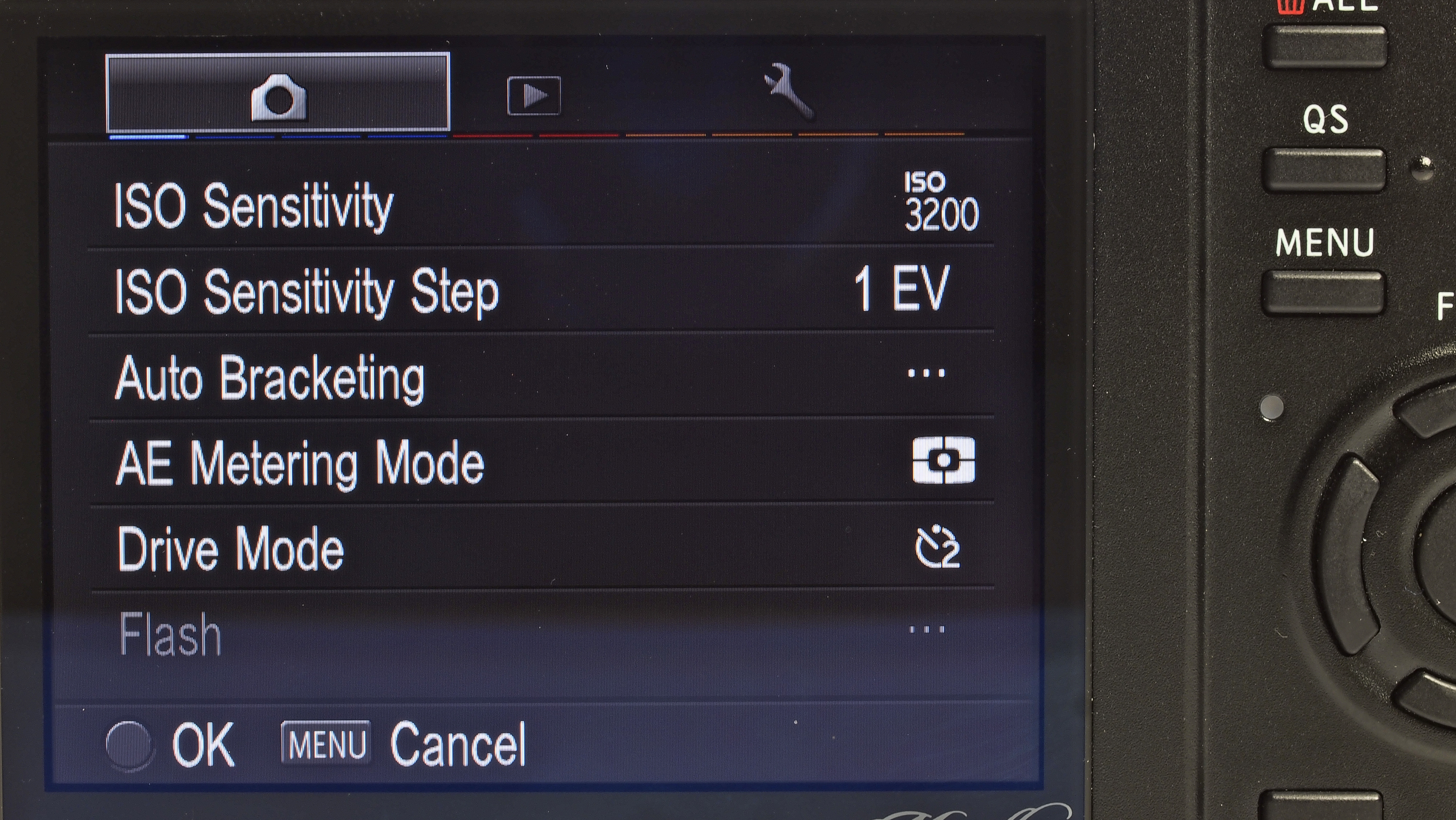
Converted raw files also reveal a little more detail and sharpness than in-camera JPEG images, although there is a slight increase in noise.
The automatic white balance is good in daylight, but it struggles a little to produce accurate colours in artificial light and mixed lighting.
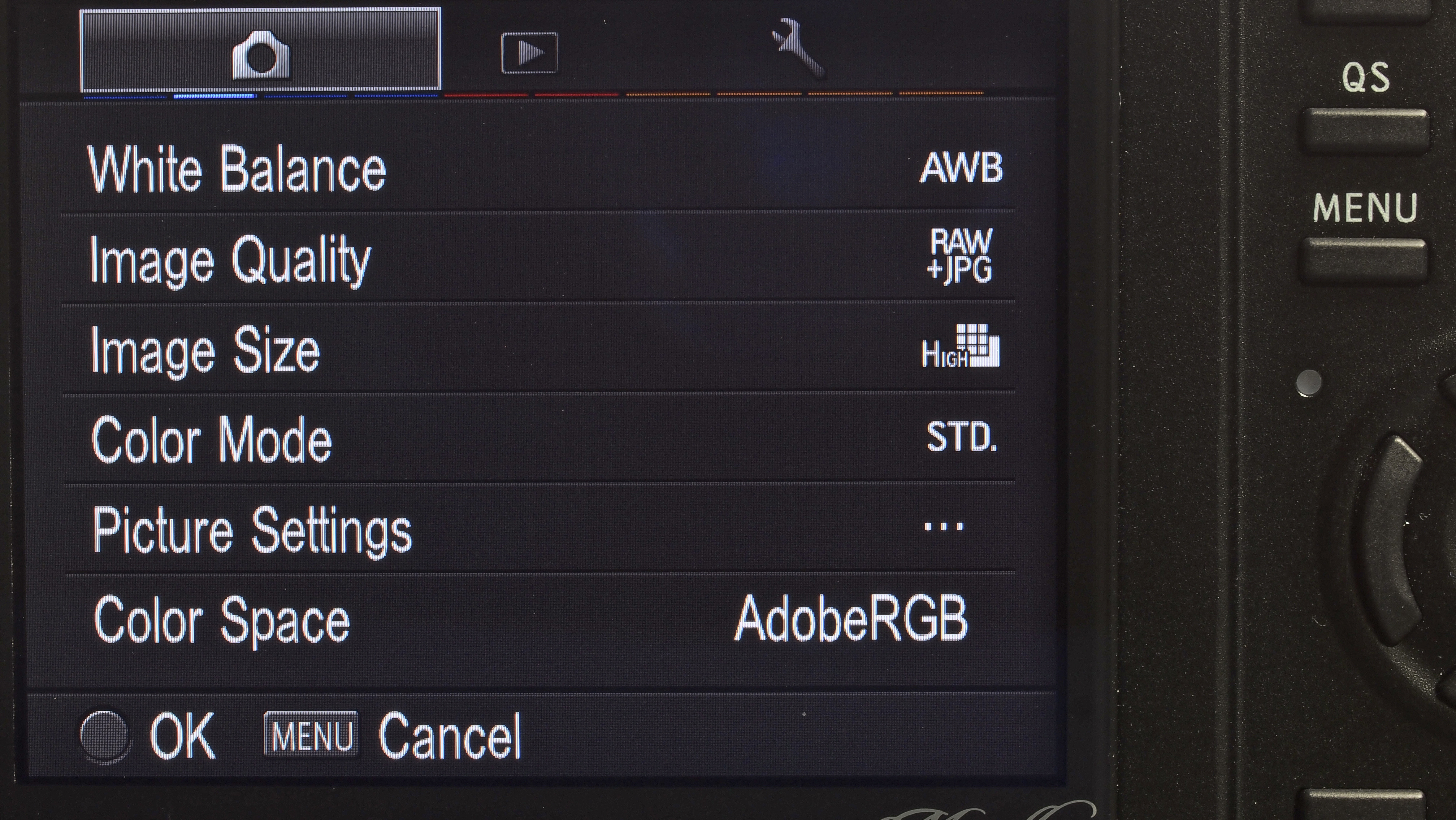
Similarly, the evaluative metering is reliable in most conditions, and on the rare occasions that you need to override the exposure in high-contrast lighting, it's extremely quick to use.
Although it's not strictly a feature of the camera, shooting images in raw mode means that you'll have to use the Sigma Photo Professional software to process your images.
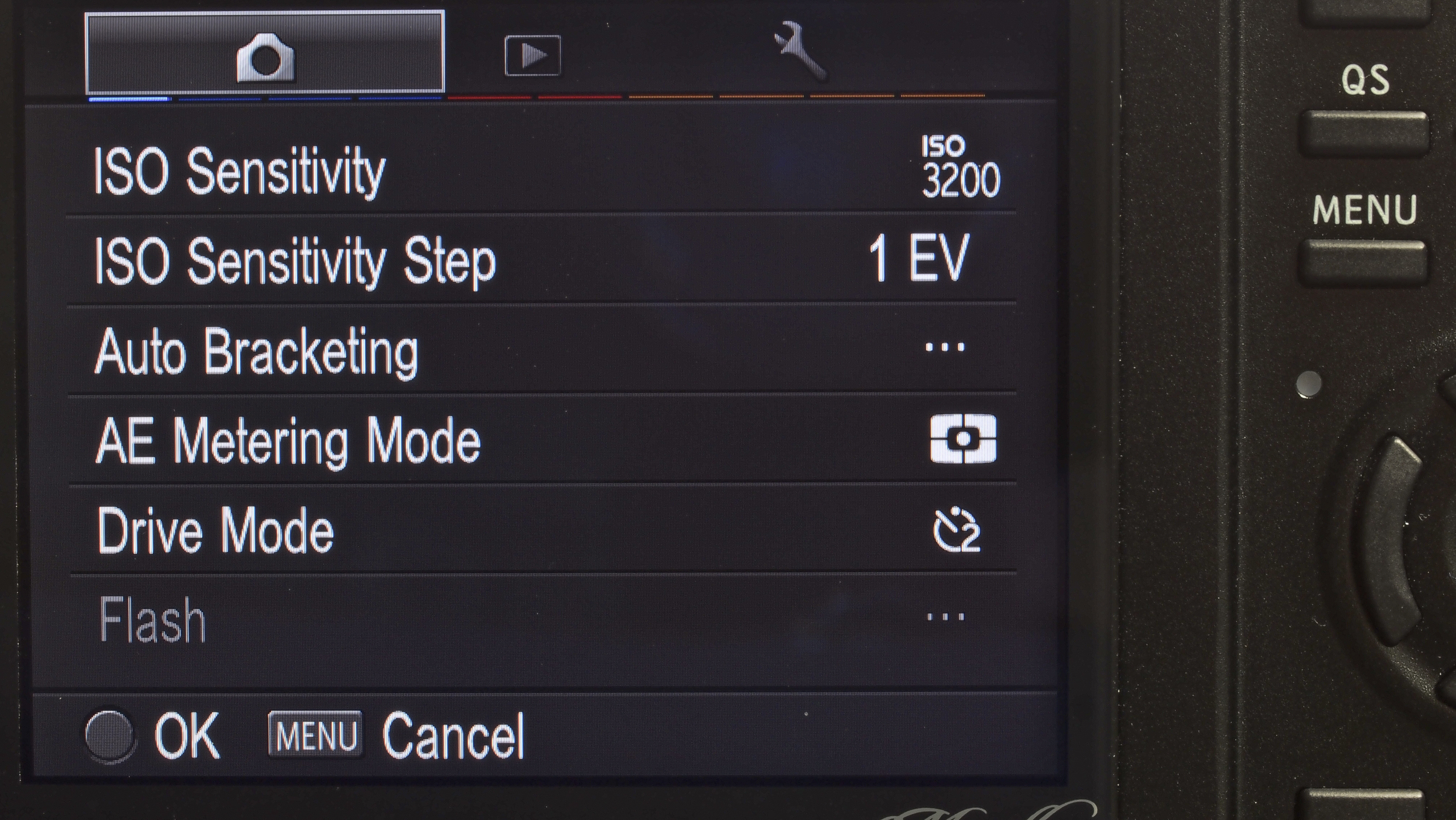
The basic layout and features are fine, but it's not as user-friendly as other raw processing software.
While this is an improvement over the software supplied with previous Sigma cameras, it's still slow to use and processing multiple images is a time-consuming and laborious task.
Current page: Performance
Prev Page Build quality and handling Next Page Image quality and resolution